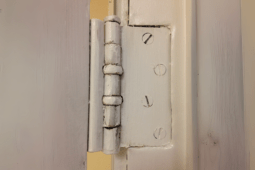Trapped at a Red Light? Try This to Trigger the Sensor Faster
Few things are more frustrating than sitting at a red light that refuses to turn green. Some traffic lights use sensors to detect vehicles, but if your car or bike isn’t positioned correctly, the light might never change. The good news? There are ways to improve your chances of triggering the sensor and getting moving again. Here are five effective techniques to make sure you’re not stuck waiting longer than necessary.
1. Position Your Vehicle Over the Induction Loops
Many traffic lights use induction loop sensors embedded in the road to detect vehicles. These are typically marked by faint rectangular or circular cuts in the pavement near the stop line. Positioning your vehicle directly over these loops increases the likelihood of being detected.
If you’re on a motorcycle or bicycle, align your wheels with the visible cuts in the pavement. For cars, make sure your front tires are over the loops rather than stopping too far back. This ensures that the sensor picks up your presence and activates the light cycle.

2. Flash Your High Beams
Some intersections rely on optical sensors mounted on traffic light poles to detect vehicles. These sensors work by recognizing the headlights of approaching cars, but sometimes they fail to register smaller vehicles or those with dim lights.
If you suspect the light isn’t changing, try flashing your high beams a few times. This can help trigger the sensor by making your vehicle more visible, prompting the system to recognize that you’re waiting at the intersection.
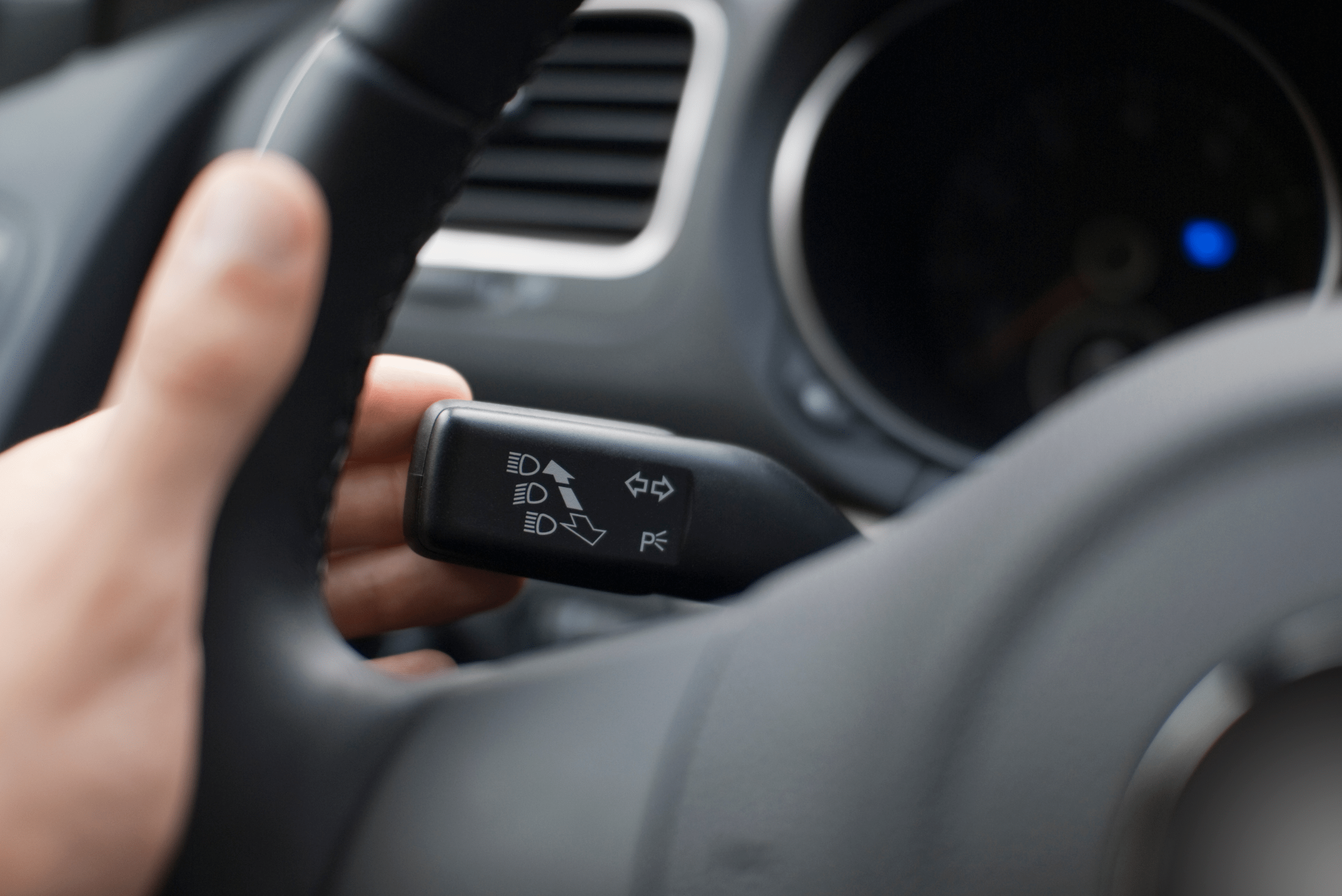
3. Roll Forward Slightly
If the light doesn’t change after a full cycle, it’s possible that you’re not in the sensor’s optimal detection zone. Rolling forward slightly (without crossing the stop line) can help reposition your car over the induction loop or into the view of an optical sensor.
This small adjustment often makes a difference, especially at older intersections where the sensors may not be as responsive. Be mindful of pedestrian crosswalks and other vehicles while doing this.
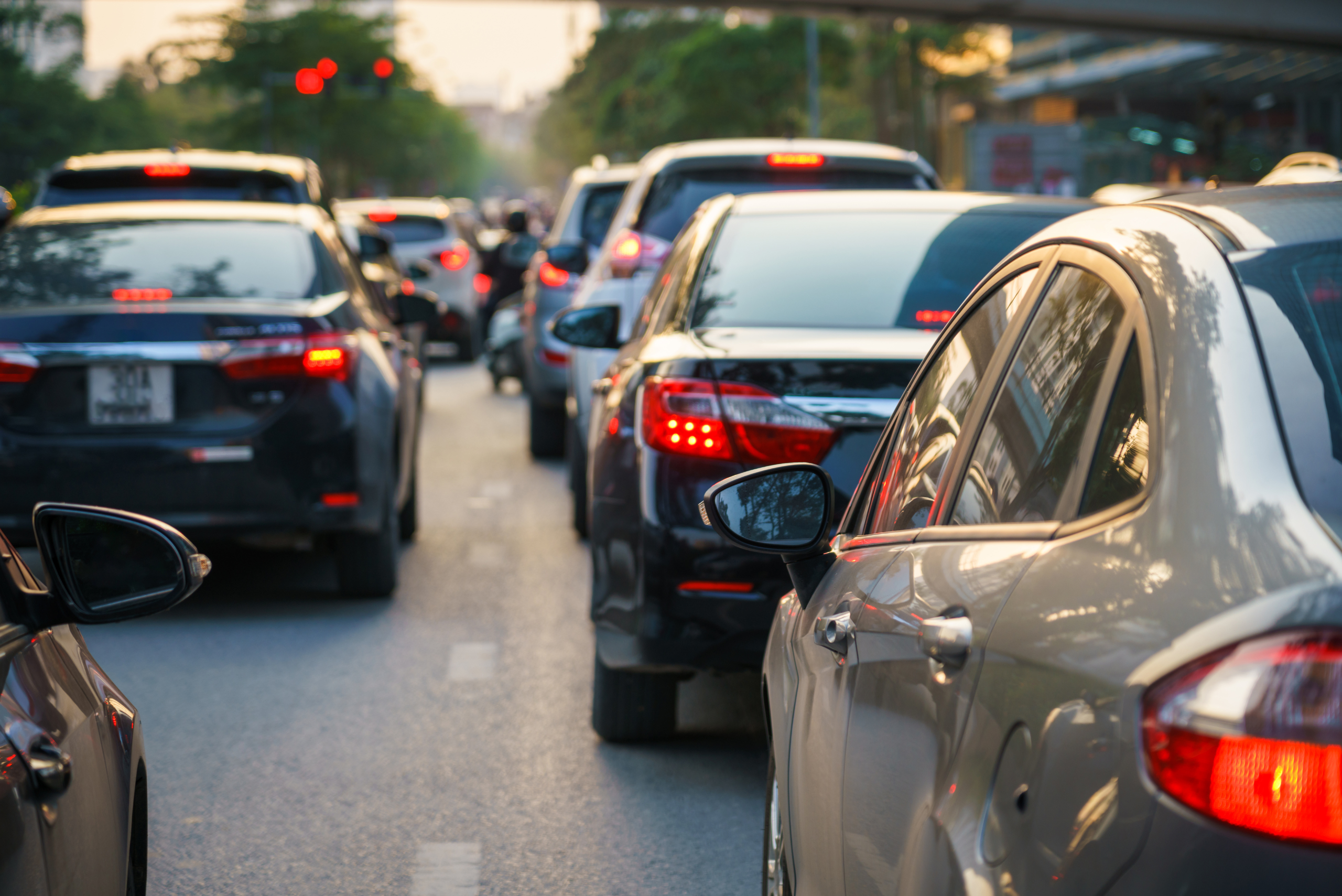
4. Use a Stronger Metal Presence
Induction loop sensors detect the metal in your vehicle. If you’re on a motorcycle or bicycle, your lighter frame might not be triggering the sensor effectively. One trick is to put down your kickstand momentarily, allowing the metal to make direct contact with the loop.
For cyclists, placing your bike’s frame directly over the most visible lines in the pavement can improve detection. Some riders even carry a small magnet to attach to their bike frame, increasing the chances of being recognized by the sensor.
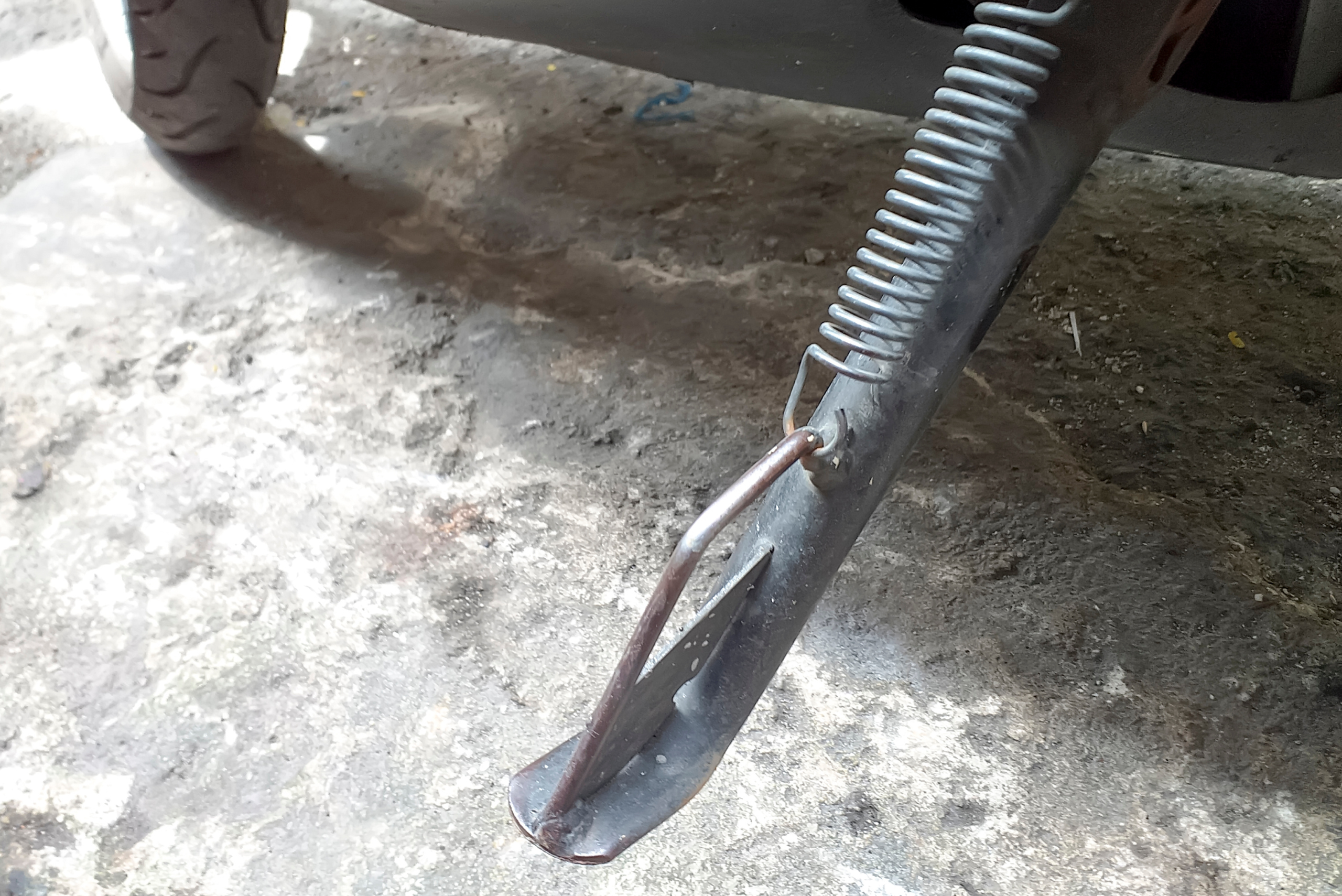
5. Wait and Report Malfunctions
If none of these tricks work, the sensor may be malfunctioning. Traffic light sensors can wear out over time, leading to detection failures. If you frequently experience long delays at the same intersection, report the issue to your local transportation department.
In the meantime, you may be legally allowed to proceed through the red light if it’s clear and safe to do so. Some states have laws permitting motorcycles and bicycles to treat unresponsive red lights as stop signs after waiting a reasonable amount of time. Check your local traffic laws before attempting this.
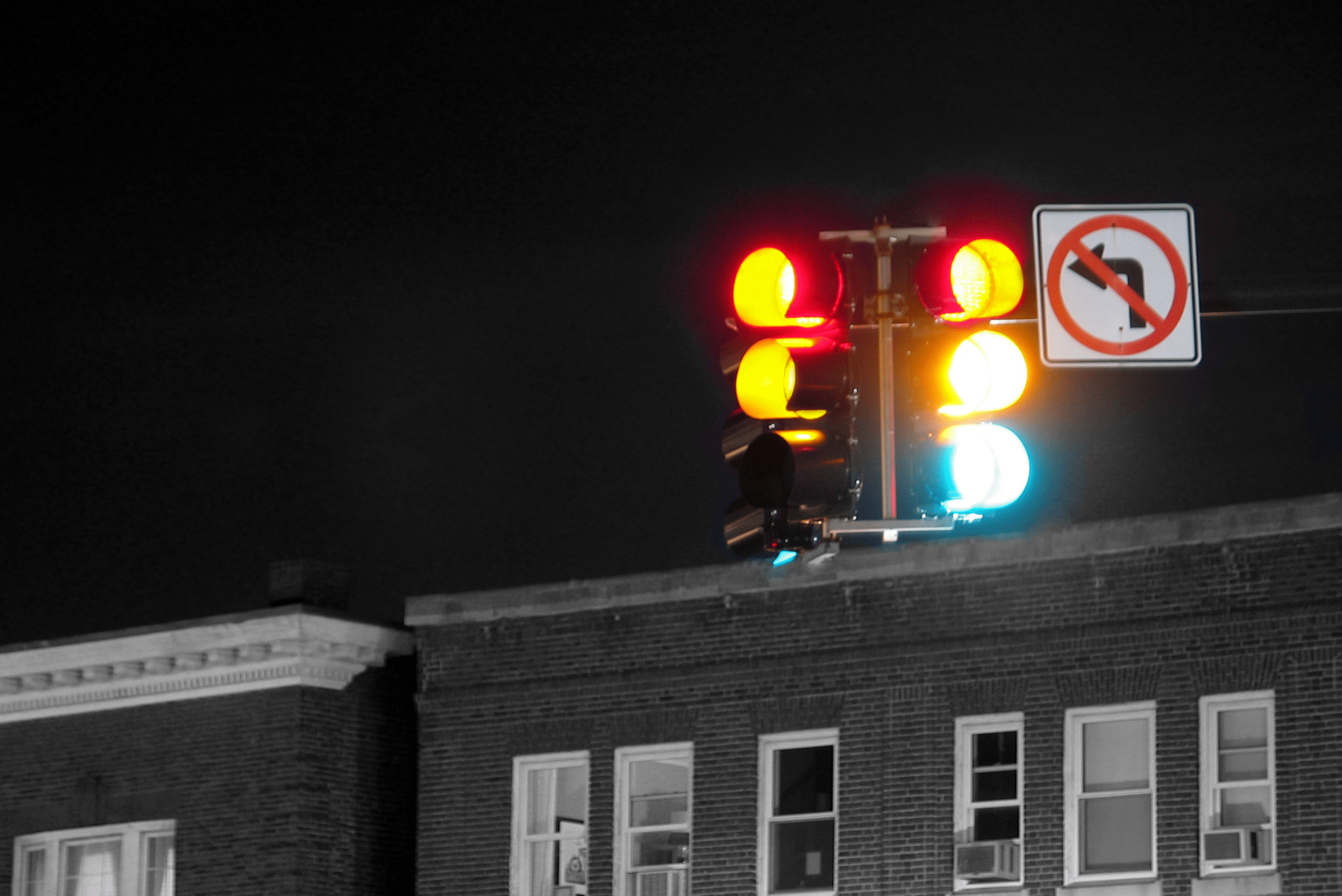
Related Articles
- 8 Ingenious Hydrogen Peroxide Hacks to Simplify Your Daily Routine
- Rubber Band Hacks That Will Have You Stocking Up
- 6 Hacks For Reusing Tea Bags That Will Blow Your Mind
Getting stuck at a red light can be frustrating, but understanding how traffic sensors work gives you the advantage. By positioning your vehicle correctly, using headlights effectively, and making small adjustments, you can increase your chances of triggering the light faster. If all else fails, reporting faulty sensors ensures that intersections stay functional for everyone. The next time you’re stuck, try these tricks to keep your commute smooth and frustration-free.









